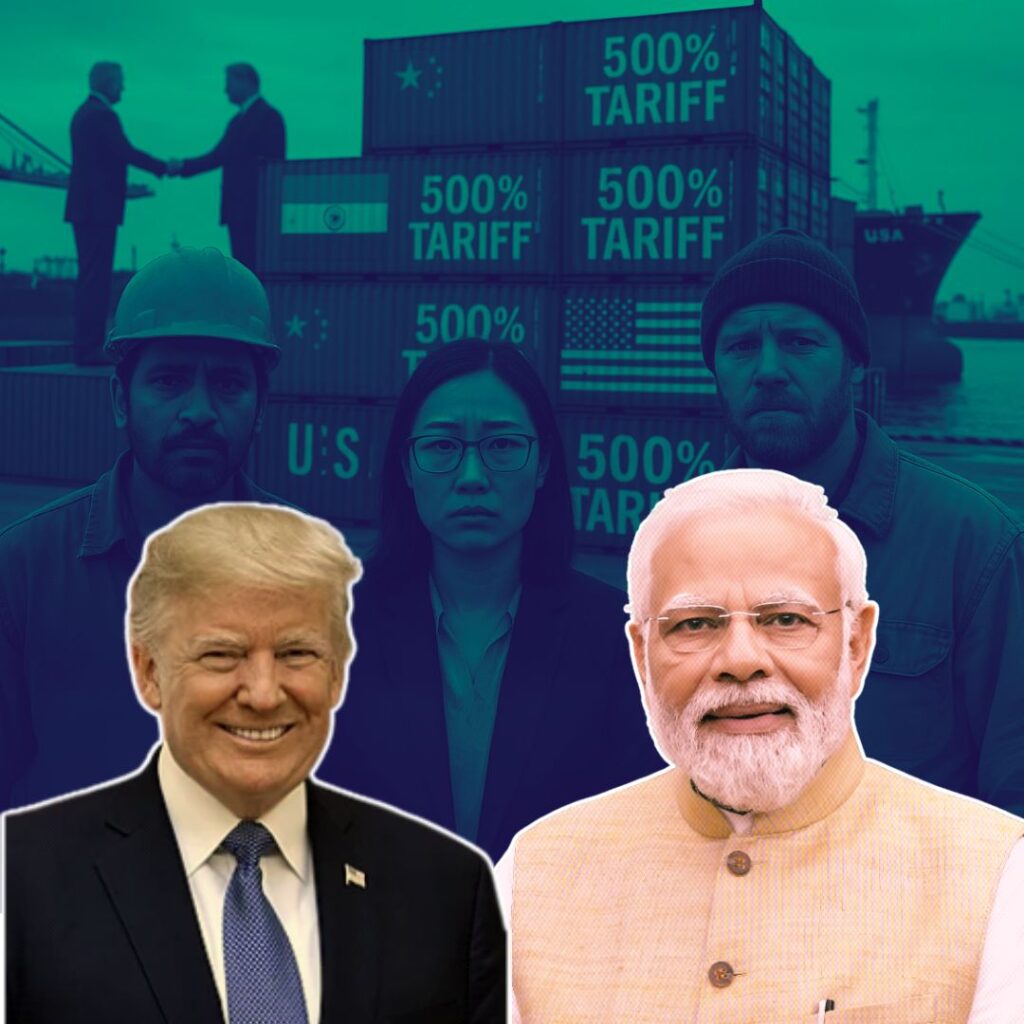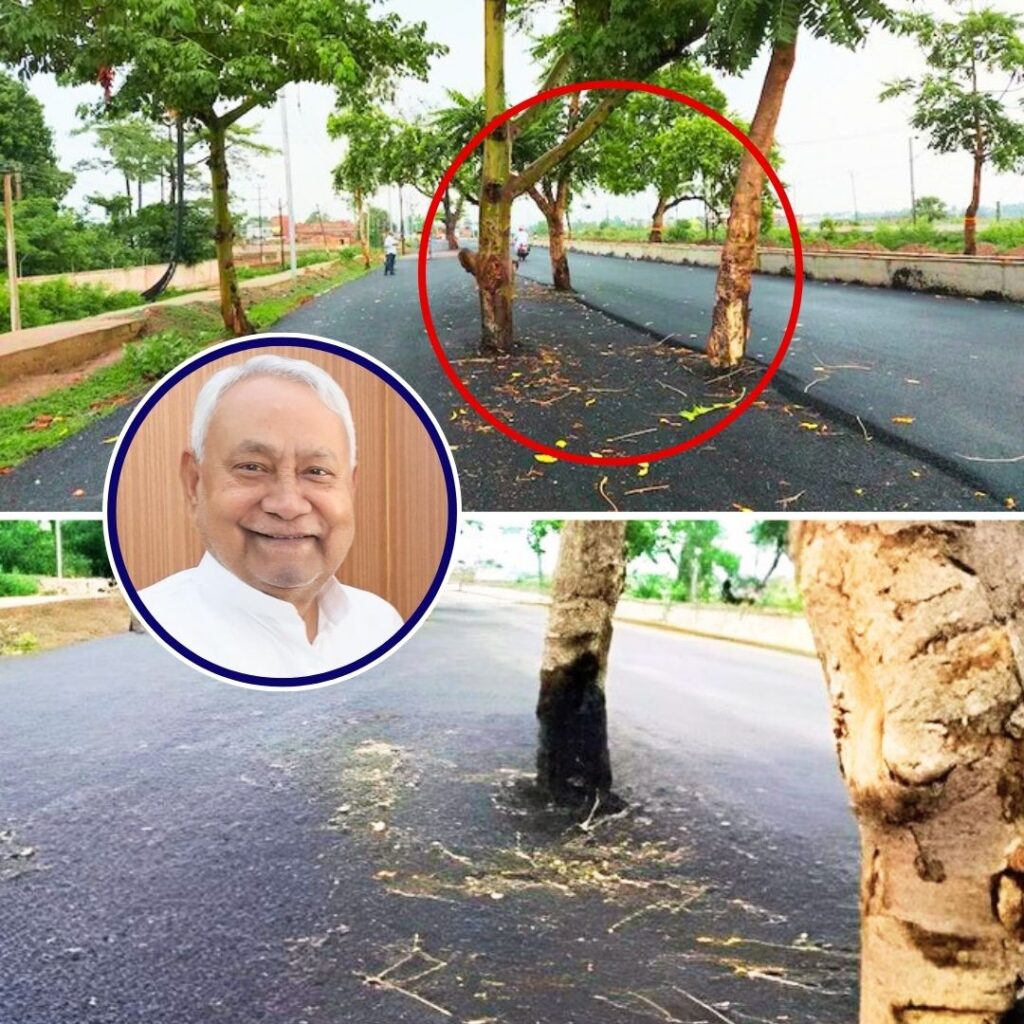The 16th Lok Sabha has convened to hold its 2016 Winter Session. While many significant topics from demonetization to marijuana legalisation will be discussed, a notable feature of the Lok Sabha is the prominence of men. The 16th Lok Sabha in its full membership (543 Members) has only 62 women – that is less than 12%.
I will not attempt to explain why gender equality is indispensable – that is an outdated debate and reemphasizing it will only give undue recognition to the anti-gender equality lobby (and that is highly undesirable). Suffice it to say that gender equality is essential for the political, economical, and moral growth of any nation. This is not conjecture or feminist propaganda; it is proven fact.
When one speaks of advancing gender equality, one invariable means the empowerment of women. This is because women continue to remain a majority of the world’s underfed, uneducated and underrepresented. While there have been massive undertakings on an international and a local scale to eliminate the prejudices which contribute to such inequality, the gender gap is still unacceptably and destructively wide. In this editorial I will endeavour to detail the unfair disadvantage women have in nearly all legislative bodies around the world.
Article 7 of the Convention on the Elimination of All Forms of Discrimination Against Women (CEDAW), passed by the United Nations General Assembly in April 1979, states that “[Governments shall take all appropriate measures to ensure to women the right] to participate in the formulation of government policy and the implementation thereof and to hold public office and perform all public functions at all levels of government.” When it was passed, the CEDAW was deemed an ambitious document, with several Articles generating much controversy. Nearly all signatories, however, conceded that the political and administrative equality of women was significant. (Ironically, while countries like the Kingdom of Saudi Arabia have ratified the CEDAW, the United States of America is yet to ratify the same.)
Before deliberating on women’s participation in government we must recognize that women’s suffrage in itself is actually a very contemporary phenomenon. Even if you take into account famously liberal countries like Switzerland and Portugal, women in these countries only secured the right to vote in the late 20th century. Most Western nations reached universal suffrage in the wake of either of the two World Wars. Some countries, like India, began their independent journey by granting all their citizens suffrage.
Suffrage is also an incomplete phenomenon: Saudi Arabia gave its women the right to vote only in 2015 and universal suffrage remains a dream in countries like the United Arab Emirates (UAE), Brunei and Vatican City.
As of 2016, the international average for national representation of women is 22.6%. The highest percentage-based representation of women is in the Republic of Rwanda. This central African nation boasts of a Lower House with 56.3% women and an Upper House with 38.5% women. Participation of women is generally higher in the liberal democracies of Europe and the Americas. A small minority of women are Heads of State or of Government. Angela Merkel, Theresa May and Nicola Sturgeon are a few famous examples.
In the Republic of India, women’s political participation from local level Panchayats to the executive level has always been an issue seen as crucial to balancing gender disparity. India has seen one Head of Government in Indira Gandhi and one Head of State in Pratibha Patil. 33% of local Government seats are reserved for women; this Constitutional provision, while controversial, has aided enormously in bridging the divide. However, only 12.2% of the 16th Lok Sabha (convened in 2014) are women, and India remains the worst G20 country for women with a Global Gender Gap rank of 108 out of 136. It goes without saying that India has a long way to go.
The key to understanding the underrepresentation of women in legislative bodies lies in comprehending the low participation of women voters around the world. The yolk of conservative thought and over-romancing of the traditional view of women’s roles in society are still subduing women’s political participation in every level. Child-bearers and home-keepers who are taught to die as child-raisers and home-cleaners tend to not pay attention to the political conundrums of the day. Only by bursting this traditionalist bubble can women embrace a more individualistic outlook and increase their participation in local and national politics.
There are numerous measures that Governments have adopted to increase political participation of women. Education, political quotas, gender equality campaigns are a few notable examples. Such progressive policymaking has resulted in the political gender gap narrowing over the years. But a lot more needs to be done – and done soon. It doesn’t take an Ivy League degree to conclude that …











